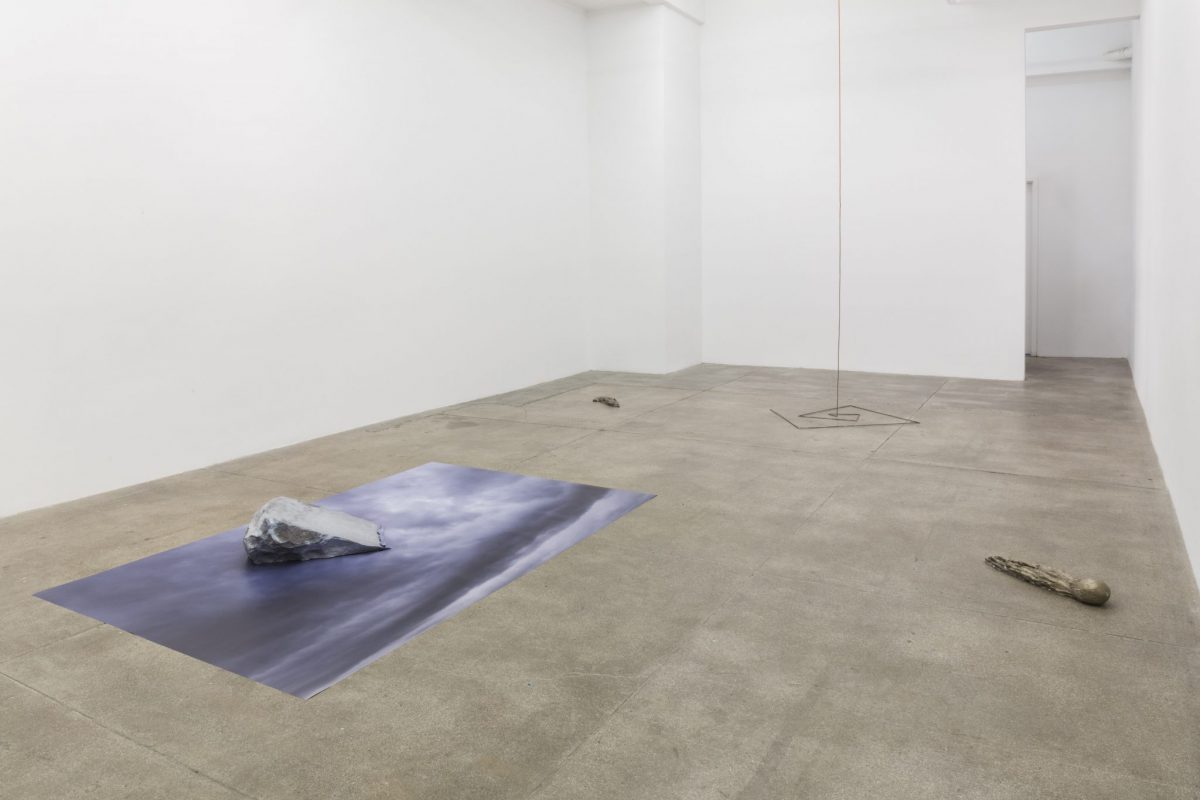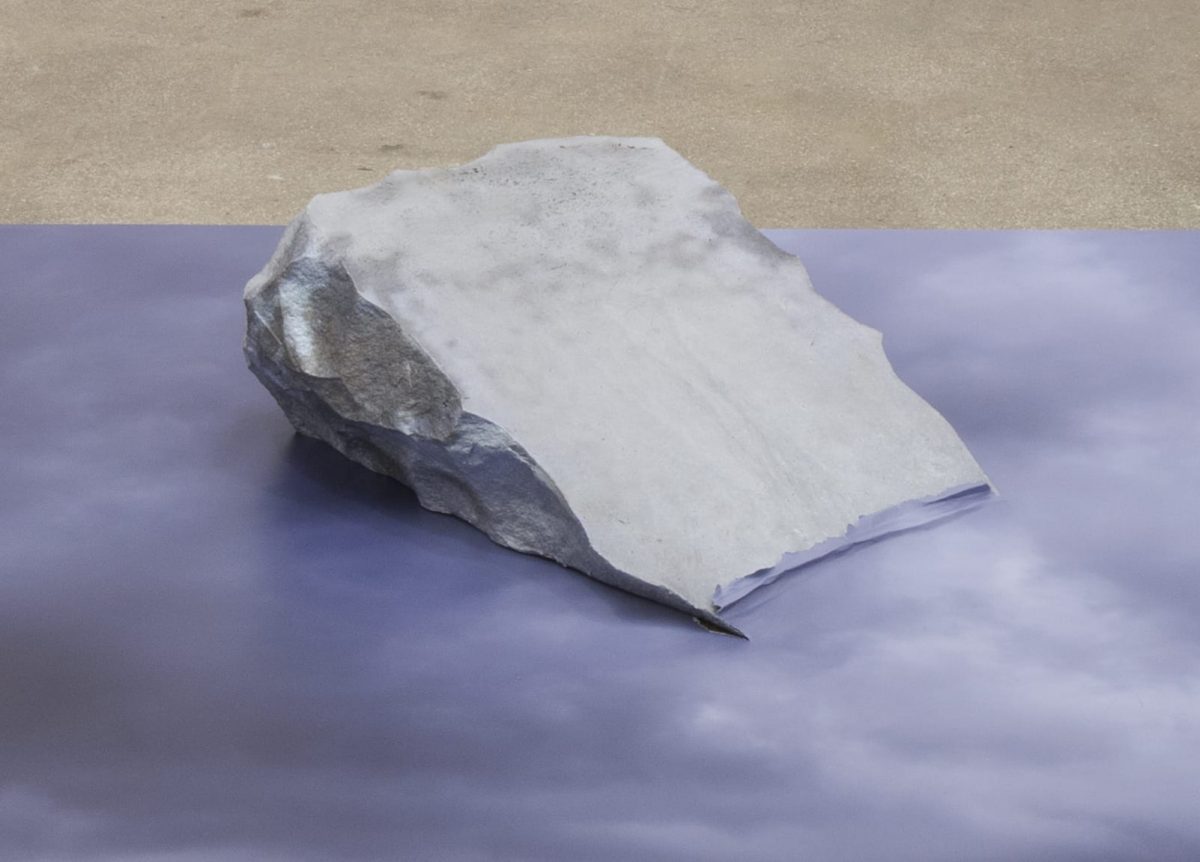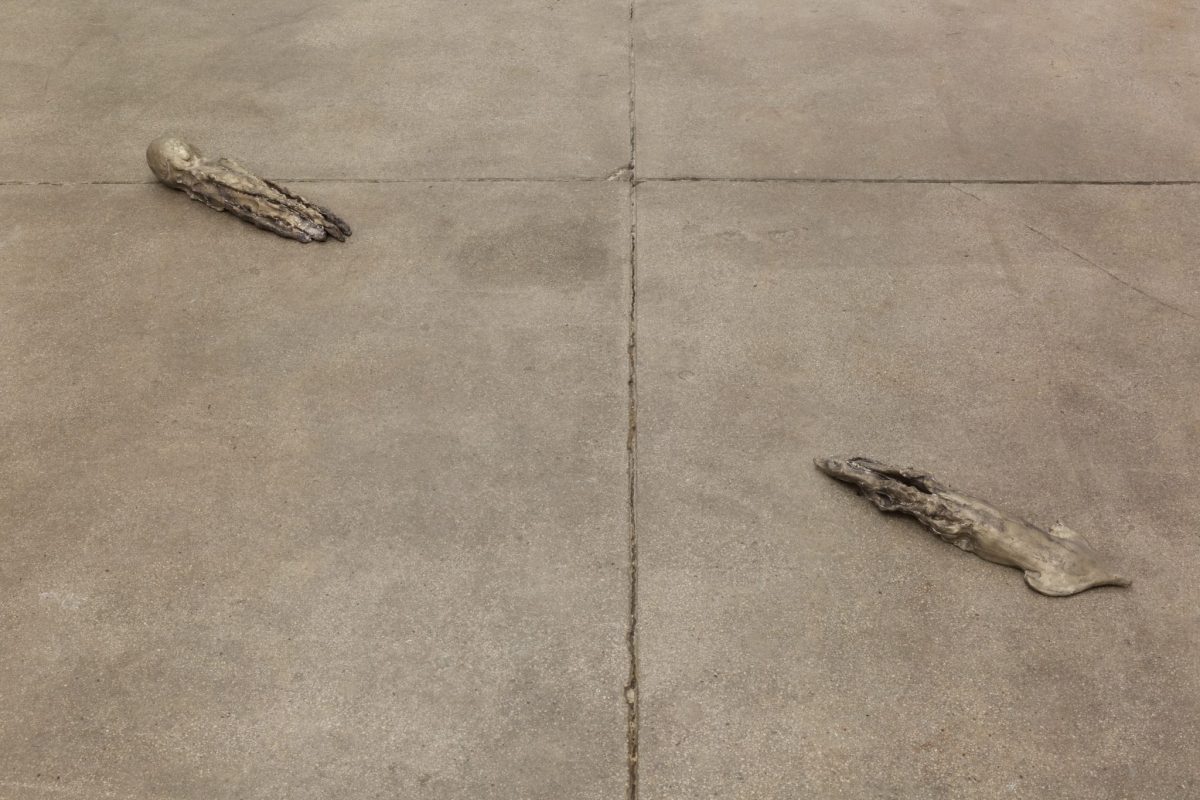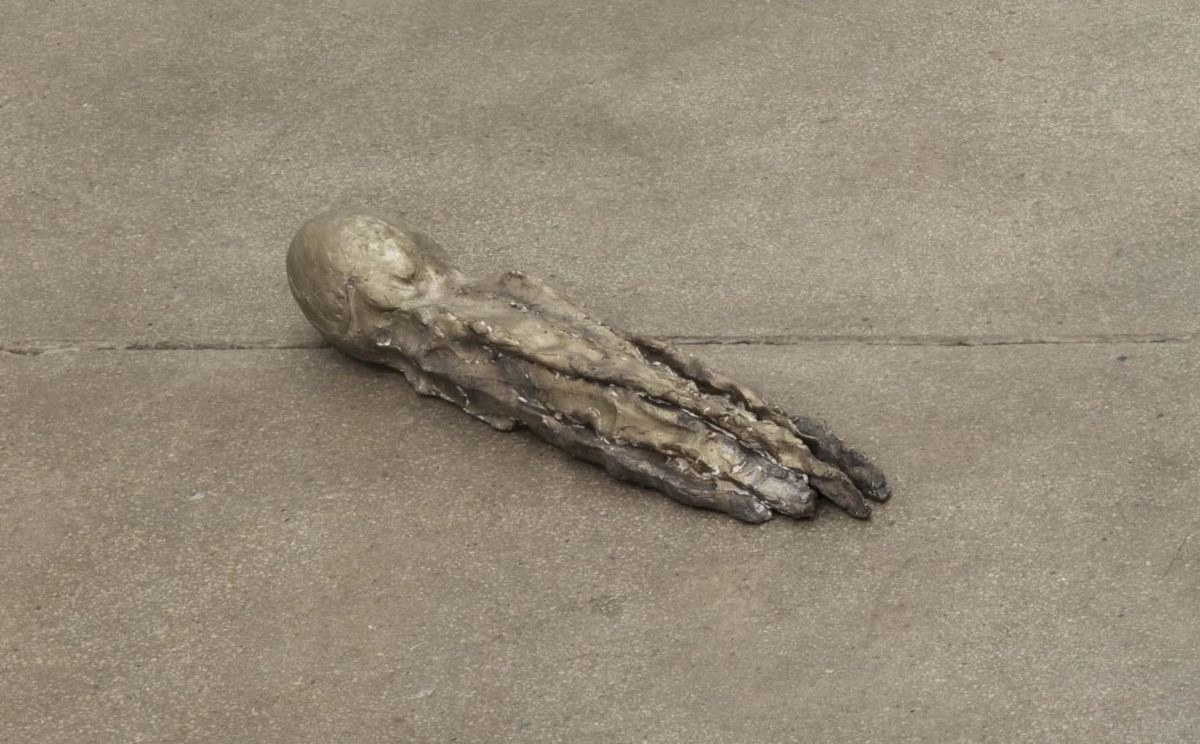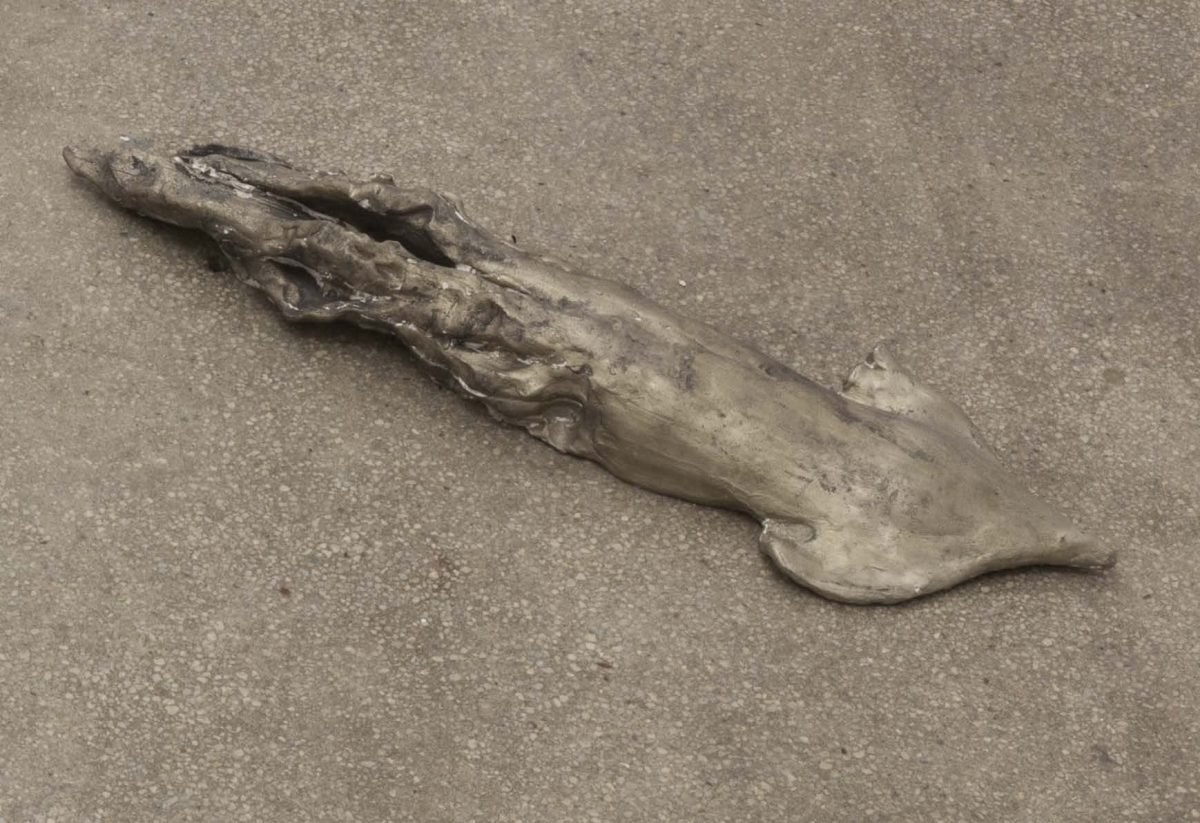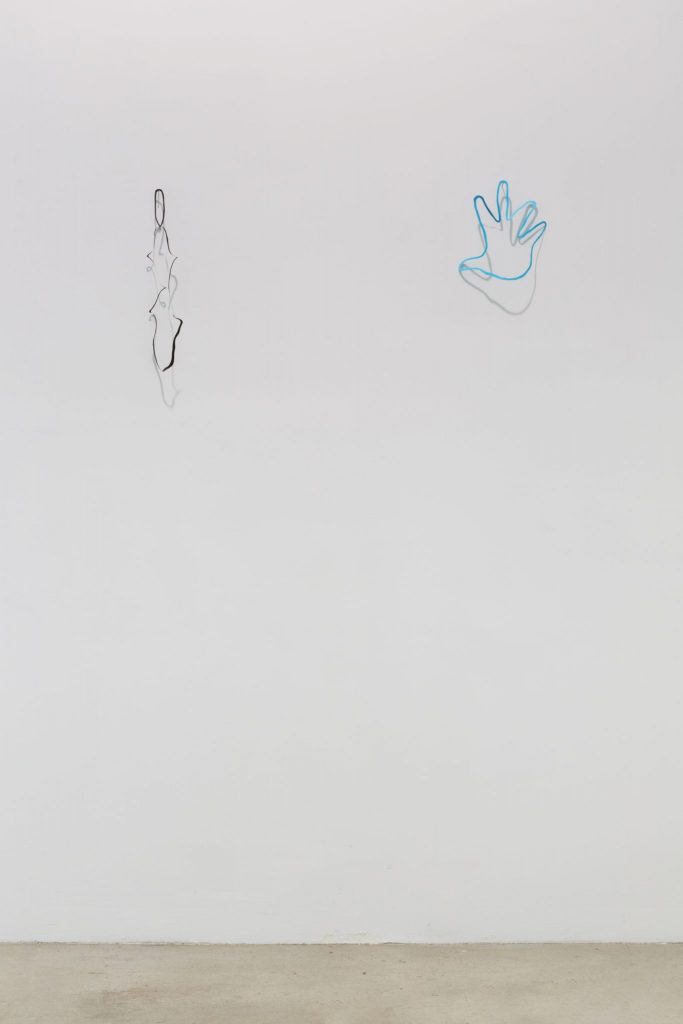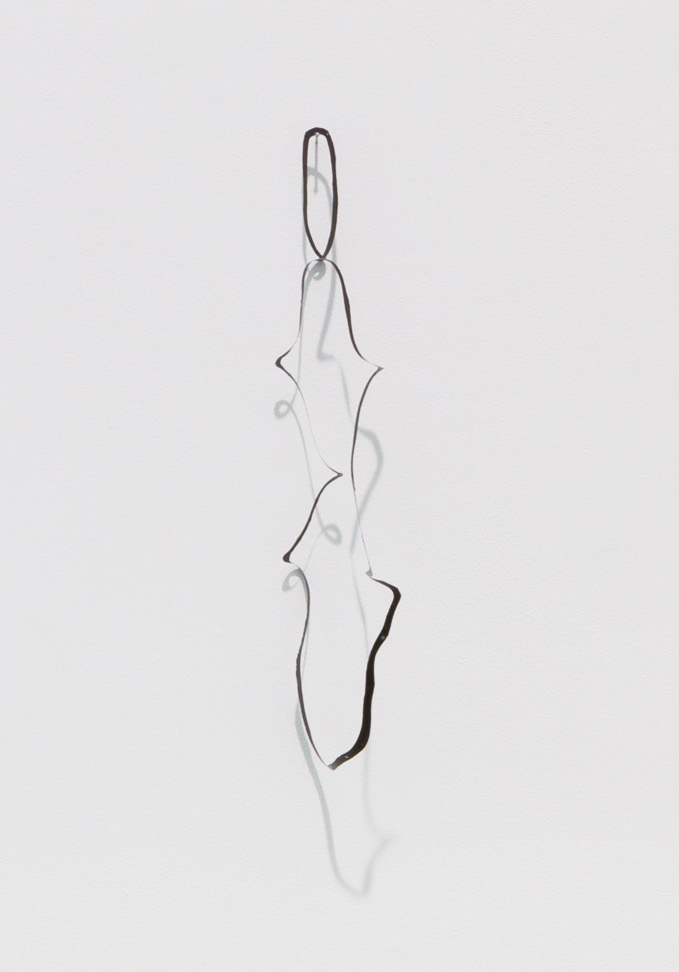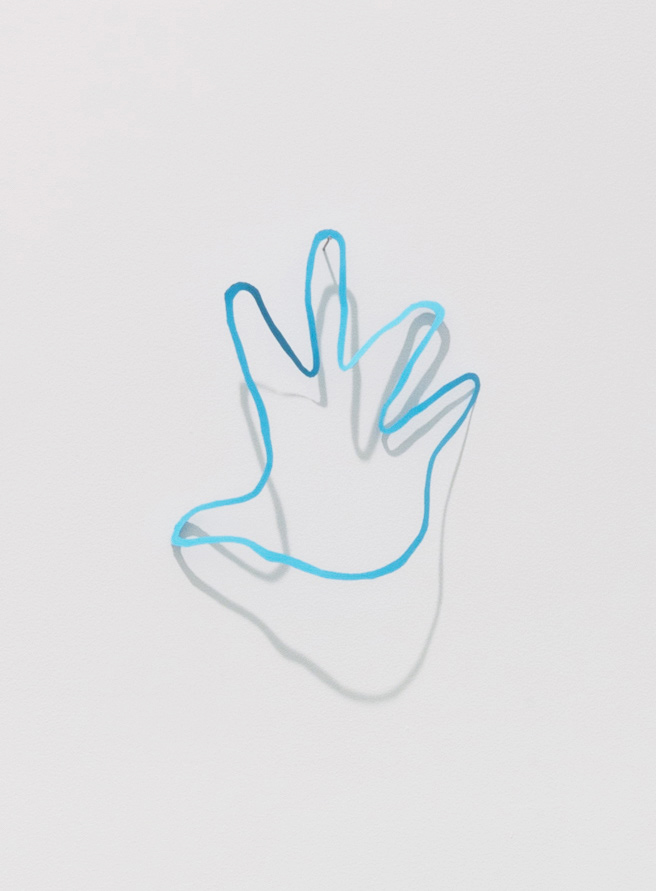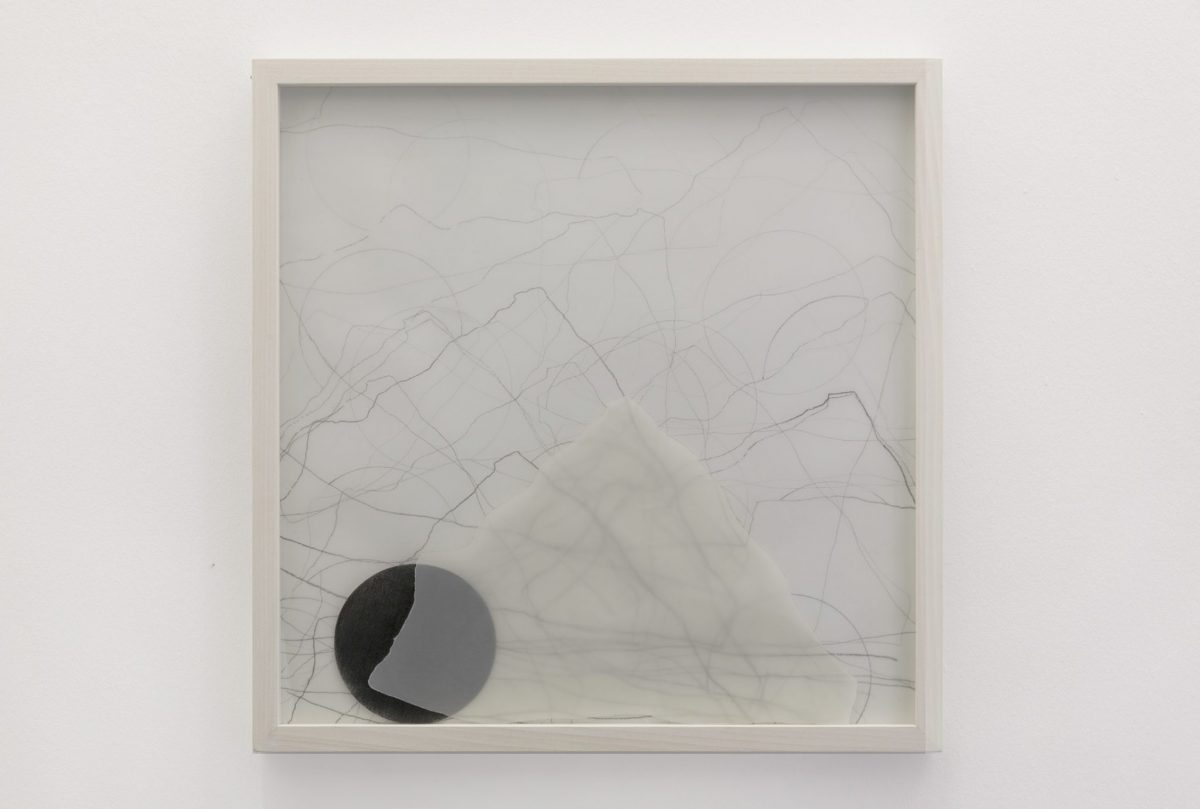
- This event has passed.
I would like the viewer to take in the visual and physical quality of the works and, with the help of the title, embark on an exploration of her/his imagination; I would like that she/he begins a time. Clearly, if for some oversight this imaginative sense escapes them, all that remains is a reduction to two disconnected objects: one material and the other linguistic. I would, however, like to underline that the space of the image is already rooted in us and to this we react with an unexpected familiarity. This mysterious familiarity dissolves the sensation of alienation from the world that preoccupied the lucid minds of the late 19th century. I am insisting on the space of pure imagination, where the object, if it is not an evocative hint, is nothing, thereby avoiding fate as an entertaining fetish. I think that only the poetic relation can resolve human alienation. We are a kind of paradox; we are the contemplation of something that is greater than us. In The Monk by the Sea by C.D. Friedrich, nature is much more powerful, dominant and almost hostile, and yet the monk feels a humble familiarity in it.
I like to think that things have an intimate memory pointing secretly towards our sensibility. I would like to isolate and concentrate that sensibility to a form in which the gestures of my making become the demiurgical gestures of fruition. Each of my works has been made to transmit a creative act to the viewer. I believe that this act already belongs to the viewer. As if, at the moment it is given, the viewer subconsciously remembers it. The viewer in this case doesn’t consume the artwork, but computes a “demiurgic act” in initiating it. “The image is what lets itself begin, all the rest is lost to our imagination,” thus affrmed Jean Baudrillard, in one of his last lectures, surpassing his apocalyptic vision of the postmodern mediated world.
On the foor, like in an ocean of possibilities or like a white canvas waiting to be painted, a scenario is going to take place. A scenario of an imagination of time – the sense of future, present and past (Acting like the sickle of Chronos); an imagination of experience (Beneath the surface); an imagination of the movement of a couple (A squid and an octopus move away from each other to fnd themselves on the other side of the globe); and an imagination of left and right, like bad and good or night and day, (My left and right hand). If every individual imagination is rooted in our essential cultural imaginary (of abstract ideas), it is also truth that they evoke natural images memorized deep within our intimate selves.
– Gianni Caravaggio, October 2018
Gianni Caravaggio (1968, Rocca San Giovanni, Italy) lives and works in Milan. His most recent solo exhibitions include: Sostanza Incerta, The Open Box, Milan (2017); About Things Bigger Than Us, Galerie De Expeditie, Amsterdam (2016); Finalmente Solo / Enfn Seul, Musée d’art moderne et contemporain de Saint-Etienne Métropole, Saint-Etienne (2014); Museum MAGA, Gallarate, (2014); and Scenario, Collezione Maramotti, Reggio Emilia, (2008). His work has been exhibited in numerous group shows, among which: MASI – Museo d’Arte della Svizzera Italiana, Lugano, (2018); Collezione Acacia, Museo del Novecento, Milan(2016); Avviso di garanzia, Fuori Uso, ex tribunale di Pescara, curated by Giacinto di Pietrantonio and Simone Ciglia (2016); Il Pane e le Rose, Fondazione Arnaldo Pomodoro, Milan (2015); Ritratto dell’artista da giovane, Castello di Rivoli, Turin (2014). Among various prizes, the artist has been awarded with the Premio Acacia, Milan,(2013); the Castello di Rivoli Prize, Turin, (2008) and the Special Fund Prize, PS1, New York (2002). A solo exhibition of Caravaggio’s work will be hold at Museo Novecento, Florence, in November 2018.




